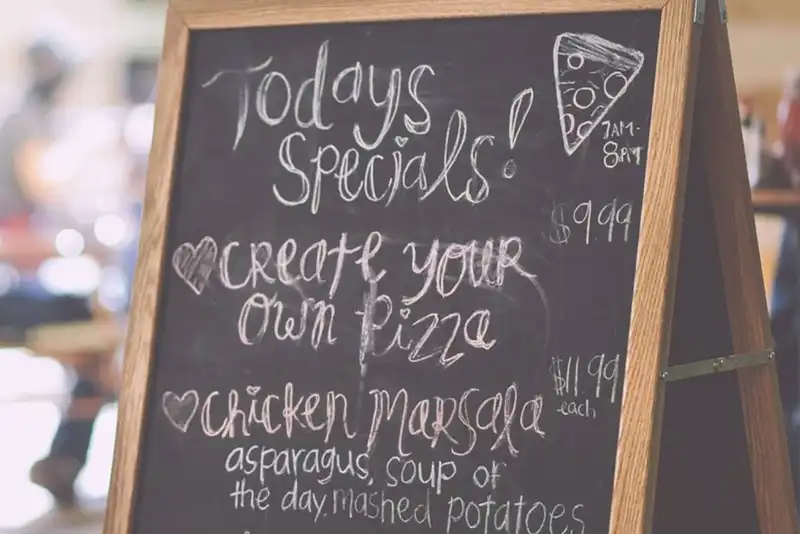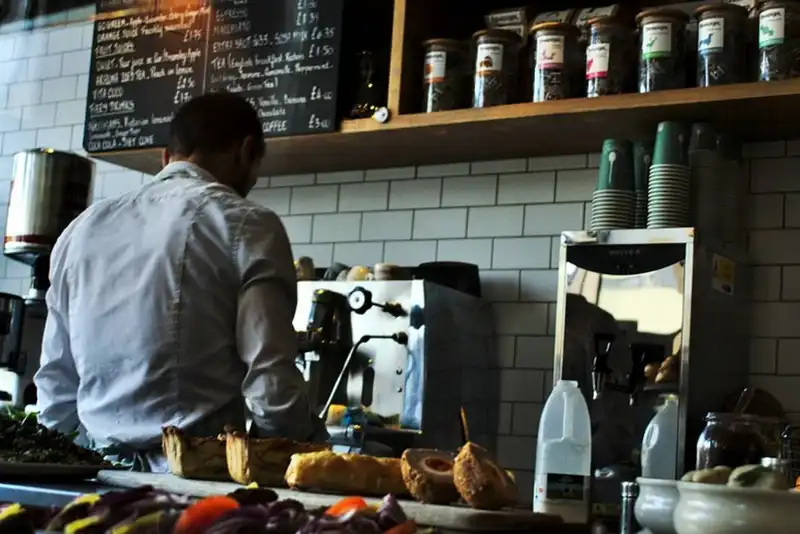Examples of Niche Markets in the Restaurant Industry

What is a Niche Market?

Niche marketing is essential for new restaurants. It allows them to survive and flourish in a highly competitive market. Finding your unique niche may be the greatest challenge your new business faces.
What's a niche market? A niche market is a specialized segment of a market towards which a unique product or service is targeted. In a niche market, all products and services are aimed at satisfying the specific needs of a target group.
As a business, restaurants are particularly suited towards niche marketing. In fact, nearly all restaurants are geared toward a particular niche customer. There's a good reason for that.
Niche marketing provides many benefits. For one, there's less competition. Marketing towards a niche is more cost-effective and reaps better results.
In addition, niche marketing can provide for higher profit margins. Operating costs are lower as well. And the right niche makes it easier to build a loyal customer base.
It's important for a business to select the right niche. There are a lot of benefits to niche marketing. But there are also risks.
For instance, your niche may be too limited to allow you to grow. If you're successful, expect competition. And because you're going for a smaller market, you may not be able to lower operating costs by increasing prices or expanding sales.
Restaurants Need to Target a Specific Niche: A niche is a market segment that allows to businesses to target potential customers.
Defining a Niche Market

There seems to be an endless variety to the niche markets restaurants cater to. Listing them all could take all day. However, most can be defined according to three broad categories-formality, menu items, and price.
Formality
Different restaurants aim for different dining experiences. A restaurant's formality helps define the niche it's aiming for. Some retaurants provide diners with a casual dining experience, some a more formal one, others try for a middle ground.
"Fine dining" incoroporates high-end decor, formal dress, full table service, etc. On the other of the spectrum, "Casual dining" has a more relaxed atmosphere, casual dress, counter service an lower prices.
Menu Items
The menu items a restaurant offers also help define its niche. Menu items are geared to appeal towards a niche market. This includes the type of food, it's ingridients and preparation as well as the presentation.
Specfic types of food, regional dishes and special diet needs are a few of the menu items used to appeal to a niche market. A restuarant's niche can also be defined by the ingridients they use, where they're from, how they're obtained, etc. Restaurants aiming for a more formal niche will place an emphasis on presentation as part of the dining experience.
Price
Prices are also a good indication of the niche a restaurant is aiming for. A casual restaurant looking to appeal to college students and workers often places an emphasis on inexpensive menu items. A fine dining experience comes with higher prices.
In addition, many restaurants are ranked according to their prices. A "$" restaurant appeals to a crowd looking for an inexpensive meal. "$$$$" - a clear sign that the restaurant provides a more unique and formal experience.
Defining Your Niche Market: Formality, menu items, and price help define a restaurant's target niche.
Examples of Niche Marketing
Formality, menu items, and prices are three main factors that define a restaurant's niche. But how do restaurants utilize these factors to appeal to their target customers? Here are a few restaurant niche markets-
Fine dining restaurants are high-end establishments that place an emphasis on delivering a high-quality dining experience. The decor, formal dress codes, menu items, and service are all aimed at a more affluent, sophisticated niche market. So are the prices.
Fast food restaurants cater to customers looking for a quick, inexpensive meal. The atmosphere is casual and aimed at people on the go. In addition to dine-in, most fast-food restaurants offer take-out and drive-thru dining options as well.
Fast-casual restaurants offer menu items similar to fast-food restaurants in that they offer a casual dining experience. Fast-casual restaurants offer higher-quality menu items than fast-food restaurants. The higher quality of the food makes fast-casual dining a little more expensive than fast food.
Food truck restaurants take their food to the customers. Many food truck restaurants specialize in providing unique dishes. They only serve food one way- to go.
These are just a few examples of restaurants that use niche marketing to appeal to a specific dining group Other niches include cafes, buffets, pubs, and family-style restaurants. Ghost restaurants and pop-up restaurants are two recent examples of niche marketing strategies used by restaurants.
What's Your Niche Market?: Niche businesses like restaurants use many different approaches to reach their target market.
In Conclusion- the Importance of Niche Markets

Restaurants combine these elements to reach their chosen target audience. There are many types of niche restaurants. Examples of niche restaurants include-
- Fine dining
- Fast food
- Cafes/Bistros
- Buffets